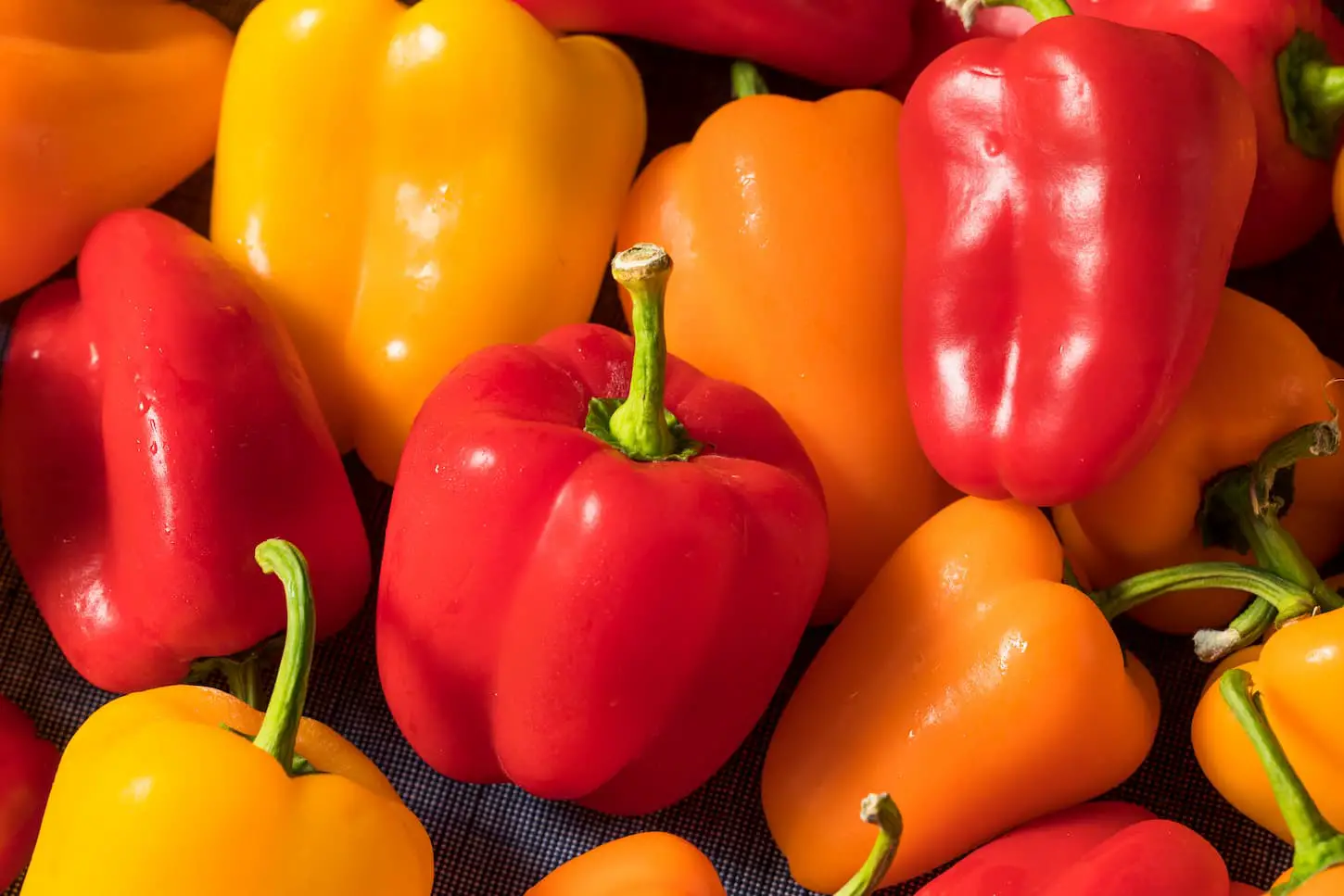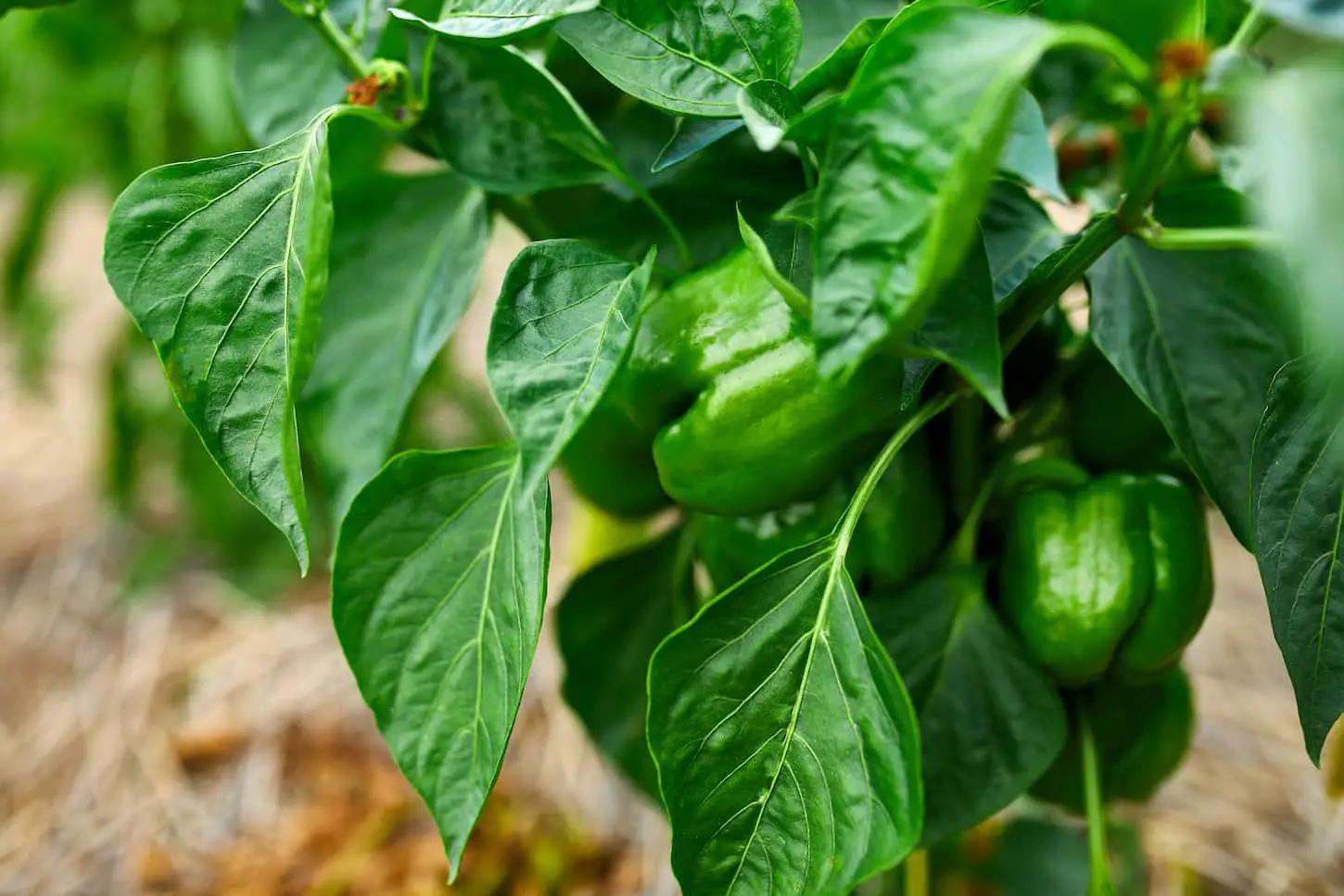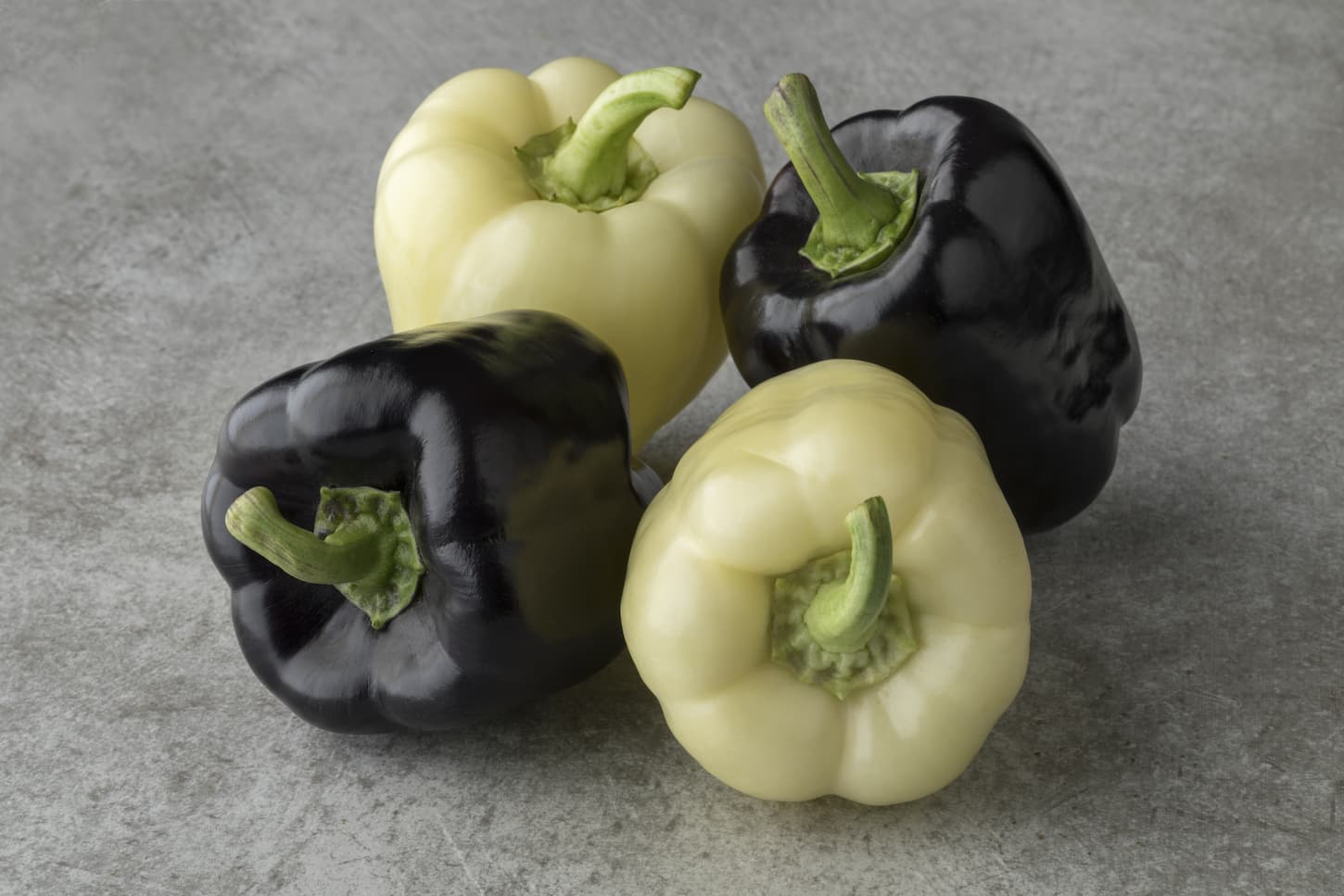Peppers remain popular house and garden plants despite their mildly challenging planting requirements. These tropical plants depend on super hot and sunny weather conditions to grow and set fruit that it might appear like they’re doomed to nothing but death in the fall.
All peppers can be perennials, growing back year after year, if they are subjected to the right growing conditions and provided with adequate care. Pepper plants will die yearly like annuals if their ideal growing conditions are not met, especially during the off-season.
It is possible to keep these tropical vines alive and productive in areas with subzero temperatures. If you’re looking to add peppers to your garden or have difficulty getting them to survive the next planting season, you have come to the right place. I’ll give a detailed rundown on what it takes to grow and care for this heat-loving plant all year round and share a few helpful tips.

Are Pepper Plants Perennials?
Peppers are mostly grown as annuals by most gardeners, but they are perennials. These woody plants can grow for another year if provided with proper care and adequate growing conditions, especially during colder or winter months.
In regions with super-hot and sunny climates, peppers can thrive and seamlessly produce year after year. That is, peppers can effortlessly grow as perennials, but this is not the case for peppers grown in regions with colder climates.
In this case, you’re going to have to put in some extra work to get these cold-sensitive plants to the next growing season or resort to growing them as annuals (which honestly is no fun, even if that’s how most of us grow them).
There are pepper varieties that are cold-tolerant, such as:
- Bulgarian carrots
- Ace pepper
- Intruder pepper
- Chile pepper
- Yankee bell pepper
- Manzano pepper
One thing I have noticed about cold-tolerant pepper varieties is that they usually produce smaller peppers.
So, if you’re indecisive on what pepper variety to add to your garden, you might want to consider a cultivar that can tolerate the growing conditions in your region.
How Do I Save Pepper Plants for Next Year?
To save pepper plants for use as perennials, they must be brought indoors during too-cold weather. This may mean keeping them in pots or digging them up. Pepper plants grown in climates without a freezing winter may be able to stay outdoors in the winter but will definitely do better indoors.
The first thing you’re going to have to do if you want to successfully save your pepper plants for next year is to start them in growing pots. This would allow you to easily move them indoors when the conditions outside are no longer favorable to their growth.
If you have already established these shapely plants in your garden, you can still save them for next year, just make sure you dig them up carefully. Try your very best not to disturb their roots during the process or else you’d risk losing them to transplant failure. If you do end up chopping off some roots accidentally, do not panic, chances are your pepper plants would still be able to transition without event.
Once you’ve successfully dug up your pepper plant, place them inside large planters then proceed to fill them with some potting mix and pour it in around the sides of the container. Please note that peppers will not produce fruit consistently all through the year, but they would most definitely produce on a seasonal basis.

Will Pepper Plants Survive the Winter?
Pepper plants can survive winter through a process called overwintering. Please keep in mind that this process will only keep them alive and will not enable them to produce any peppers. With that said, here is a detailed guide on how to successfully overwinter pepper plants.
Before we proceed, it’s important that you know that following the below steps to the letter will not guarantee your peppers will last the winter.
Some pepper varieties fare better during this process than others but don’t be discouraged. After all, there’s honestly no harm in trying.
So, let’s get into how we can get these tropical plants to survive the winter,
Tip #1: Bring Your Pepper Plants Indoors
The first thing you’re going to have to do is move your pepper plants inside your home, if you have a cozy outhouse or another structure that can provide adequate warmth or protection from the harsh conditions outside, that also can work.
Tip #2: Treat Your Pepper Plant for Pests
It’s important that your plants are pest-free during this process so make sure you treat them for pests. If you’re okay with pesticides, then this could mean that you spray them down thoroughly with pesticides. Don’t forget to put on some protective wear!
If you aren’t okay with pesticides, then make sure you treat your pepper plant for pests and bugs in your favorite method, as long as it’s approved and appropriate for pepper plants.
Tip #3: Harvest Peppers First
As I mentioned earlier, overwintering will keep your pepper plants alive, but it won’t necessarily enable them to produce peppers. So go ahead and harvest every pepper off your plant now, both the immature and ready-to-harvest ones.
Tip #4: Find a Warm Spot to Keep the Pepper Plant
The overwintered plants need to be placed in a spot that will remain constantly above freezing. For instance, a windowsill (even one far away from any heat source) or near a fluorescent lamp will work fine.
Make sure the temperature remains above 50 degrees during this process.
Tip #5: Reduce the Rate at Which You Water
After you’ve found the perfect spot for your peppers, you’ll have to cut back on how much water you give them. Peppers don’t need as much water during winter as they would during summer.
So go ahead and cut back your watering time to once every 3 to 4 weeks. Let your potting mix almost go dry before you water.
After some time, you may notice that your peppers are starting to wilt or die back. Do not panic, as this is normal.
What you’re witnessing is your plant entering into dormancy. You may also notice quite a number of aphids trying to attach themselves to your plant. Again, do not panic. This is also normal. Just wipe them off with a damp cloth or spray some water to keep them under control.
Overwintering pepper plants is honestly something every home grower should try. It gives you a head start on the next growing season, which leads to a shortened time to harvest, gives an extended picking period, and can lead to a heavier harvest.

How Do You Prune Pepper Plants for the Winter?
Pepper plants can be pruned if they are too large for where they will overwinter. Get a pair of secateurs (hand pruners) and carefully cut each branch just above a bud, or prune back each branch until half to three-quarters of your pepper plants’ top growth is gone.
Once fall rolls around you’re going to have to prune your pepper plants some more, at this point they’d look wilted or dead. As I stated earlier, this is normal. Simply prune back their branches to where their stems are a healthy green or prune them heavily to the point that there are only a few main branches and substantial-top growth.
Pruning is very essential during this process, it not only reduces your plants’ susceptibility to pests but allows their roots to develop properly.
In spring your overwintered plants should be ready to go outside, but before you make this happen repot them. Carry out repotting a month and a half before your last frost date. Your new growing medium should consist of fresh compost mixed with an average amount of organic multipurpose fertilizer.
Clear away one to two inches of the old soil mix from around the roots then repot your peppers into a larger container or the same container.
- At the first sign of regrowth, go ahead and start watering more frequently.
- Also, keep your eye on the weather as you go about resurrecting your plants.
- This way, you can save them from unexpectedly cold nights.
As the outdoor temperature and light levels get better your pepper plants would begin to grow thicker foliage and new branches. Start feeding them with a liquid feed that is rich in potassium once they begin to sprout flower buds, as this would encourage your plants to flower and fruit.
Final Thoughts
It is very possible to keep pepper plants alive for several years despite working with short growing seasons.
A lot of greenhouses even have these tropical shrubs setting fruit during winter! I mean, it isn’t much of a surprise since these facilities can maintain the temperature and light levels needed for their optimum growth and productivity. But it’s still awesome.
An average home in the winter couldn’t possibly provide the heavy heat requirements and light intensity these plants need to be productive; therefore, I emphasized that overwintering will only keep your plants alive and not enable them to set peppers while dormant.
On the bright side, the lofty benefits provided by wintering pepper plants indoors don’t really make this a perceptible drawback. It just means you have an extra houseplant during the winter.
The only downside to growing these plants as perennials should be the fact that not all pepper varieties fare well during the overwintering process. So, in case you’ve tried to overwinter a specific variety of pepper a lot of times and it only worked perhaps twice out of ten times, it could be that that variety of peppers’ overwintering performance is generally below average. With that said, we hope you found this article super helpful and are pretty confident that you’d make well-informed decisions pertaining to the care or sustenance of your pepper plants moving forward.
Ready to store your bountiful harvest of peppers? Make sure you read my article about how to freeze-dry bell peppers perfectly every time! That way, you’ll always have peppers when you need them. Now, I know that article is specifically for bell peppers – but I’ve been testing my process with other kinds of peppers, and it totally works!
Resources
Learning from your own experience is essential, but learning from others is also intelligent. These are the sources used in this article and our research to be more informed as homesteaders.
- “Growing Peppers in Home Gardens.” University of Minnesota Extension, extension.umn.edu/vegetables/growing-peppers. Accessed 26 Nov. 2021.
- Sanchez, Nicole. “Five Plants Local Gardeners Are Overwintering.” OSU Extension Service, 27 Jan. 2021, extension.oregonstate.edu/gardening/vegetables/five-plants-local-gardeners-are-overwintering.
